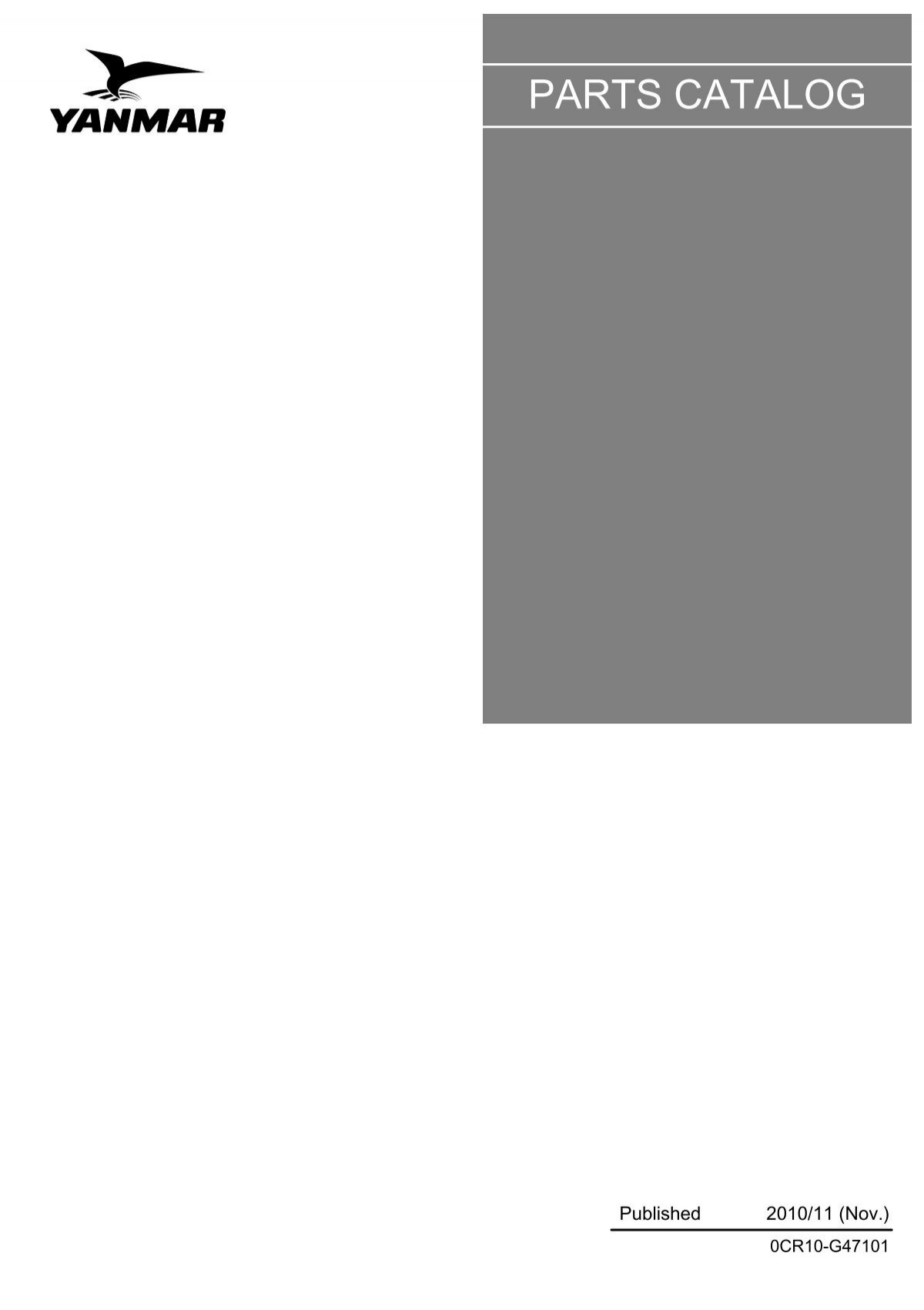I noticed that one of the metal pipes (presumably a diesel "fuel oil" pipe) which runs under the heat exchanger on my Yanmar 2GM20F is looking really rusty/flakey. Pretty sure it's from a slow saltwater leak in the past or present.The question is: what part is this? Despite looking at many parts diagrams, I'm really not sure. It's on the starboard side of the engine. Here's the place where the pipe starts:

and here's the rusty spot:

I think it might be number 7 on the following webpage,

 www.yumpu.com
(sorry: see fig. 37 in that manual)
www.yumpu.com
(sorry: see fig. 37 in that manual)
helpfully captioned as "pipe", but I'll be darned if I can tell for sure. If it is, then it's on the low pressure side of the system, which makes me worry less in the short run. In the long run, I think it needs to be replaced. Any help would be welcome.

and here's the rusty spot:

I think it might be number 7 on the following webpage,

Yanmar 2GM20 Parts Catalog with Pictures (PDF) - J/30 Class
Yanmar 2GM20 Parts Catalog with Pictures (PDF) - J/30 Read more about bolt, gasket, yanmar, assy, washer and cooling.
helpfully captioned as "pipe", but I'll be darned if I can tell for sure. If it is, then it's on the low pressure side of the system, which makes me worry less in the short run. In the long run, I think it needs to be replaced. Any help would be welcome.

